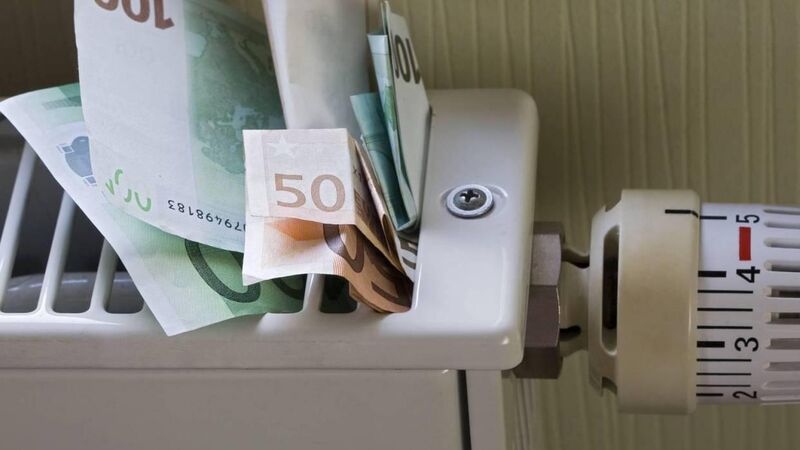Cheapest and most expensive ways to heat your home

For those working from home or regularly only using one or two rooms, it’s worth investing in a portable, energy-efficient heater with a thermostat to keep the room toasty
Infrared heater - 500w to 1,500w (wattage) €2.78 (daily cost) 0.35c (hourly cost).
Ceramic heater - 750w to 1,500w (wattage) €3.13 (daily cost) 0.39c (hourly cost).
Wall-mounted panel heater - 500w to 2,000w (wattage) €3.48 (daily cost) 0.43c (hourly cost).
Oil filled radiator - 1,000w to 2,500w (wattage) €4.87 (daily cost) 0.61c (hourly cost).
Fan heater - 1,500w to 3,000w (wattage) €6.26 (daily cost) 0.78c (hourly cost).
Freestanding convector heater - 2,000w to 3,000w (wattage) €6.95 (daily cost) 0.87c (hourly cost).







 App?
App?




